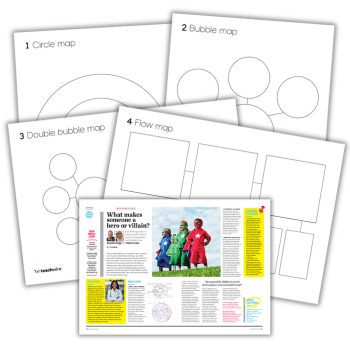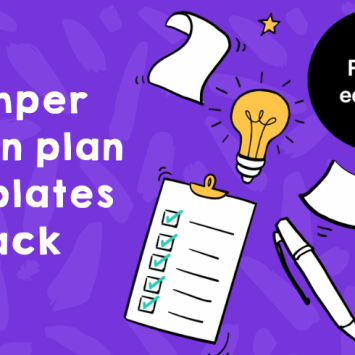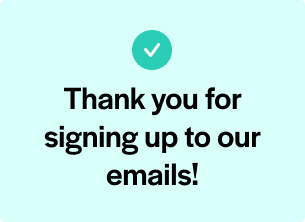When it Comes to Teaching SEND Students Literacy a Whole-School Approach is the Only Option

Literacy affects everything – so involve everyone, writes Nancy Gedge

- by Nancy Gedge
- Experienced teacher, SENCo and author Visit website

A whole-school approach’ is something that’s easy to talk about, but considerably less easy to implement – and no two people will be more aware of this than the SENCo and the literacy lead, especially if they work in a secondary school.
For a start, you have to get your colleagues to understand what you’re talking about. Secondly, you have to get them on board and take on responsibility for the things you’re asking them to do as part of their daily role, rather than an annoying add-on.
Literacy and SEND can both easily fall prey to being seen as ‘someone else’s problem’. There’s a long-held belief that SEND learners somehow ‘belong’ to the SENCo, and that literacy is the preserve of the English department.
In a primary school, where the focus on literacy is much greater and the same teacher teaches all (or most) of the curriculum, it would be easy to assume that these challenges aren’t as great, but this couldn’t be further from the truth.
The challenge of shared responsibility is certainly there, but differently expressed. Working together, understanding who’s responsible for what, what a whole-school vision for inclusion actually looks like – these are issues that we all share, regardless of setting.
Room for improvement
The way forward is to get people away from the idea that sorting out literacy (or SEND, come to that) is simply a matter of sorting out a few displays that will soon become dusty and ignored, organising soon to be forgotten one-off training days or sticking lists in the front of children’s books.
If you want to get everyone on board and see changes made at a level that matters, you’ll need a different approach that involves the whole school.
This is important, because literacy affects every aspect of teaching, all year groups and all subject areas.
This is why initiatives such as ‘Drive for Literacy’ (DfL), the Driver Youth Trust’s flagship programme, are so useful to schools.
By defining a whole-school approach as one that includes all members of the school community – starting with school leaders and including parents and children – DfL presents schools with far more opportunities for improvement, going way beyond those offered by a single teacher or TA in a limited supportive role, or a visiting specialist (who, despite the wishes of school staff, will possess neither all the answers nor a magic wand).
Schools that sign up to the DfL programme get structured support and training that runs over the course of a whole year, allowing plenty of time for areas that are ripe for change to be identified, worked and reflected on.
The programme includes nine consultancy days, where a DfL consultant works with school leaders, such as the headteacher, SENCo and literacy lead, on areas identified for action via a school audit, and up to six training workshops, which can be for the whole school or for particular groups of staff.
Even if they don’t sign up to the whole programme, schools can still buy in consultancy or training to suit their needs, or use the website and resources for free, simply by signing up.
Avoiding the cracks
By spending a year tightly focusing on where literacy and SEND meet, schools can finely tune their approaches and catch their ‘at risk’ learners before they fall through any educational cracks.
Helping schools set up screening for dyslexic tendencies, for instance, will alert teachers to those pupils needing additional support.
By giving teaching and support staff time to think about their shared vision, workplace practices (such as modes of communication), exactly who’s responsible for what and who undertakes what role will make the school more efficient.
Being an inclusive teacher, and understanding what this actually means in practice, is key to ensuring that all children can achieve at school.
So focus on those children with literacy difficulties, who are likely to be in that group of SEND learners consistently ignored by, and invisible to, policy makers and leaders in the field of literacy.
Adopt a whole-school approach to literacy and inclusion. That way, you can improve outcomes not just for SEND learners, but for everyone.
Nancy Gedge is a consultant teacher at the Driver Youth Trust.










